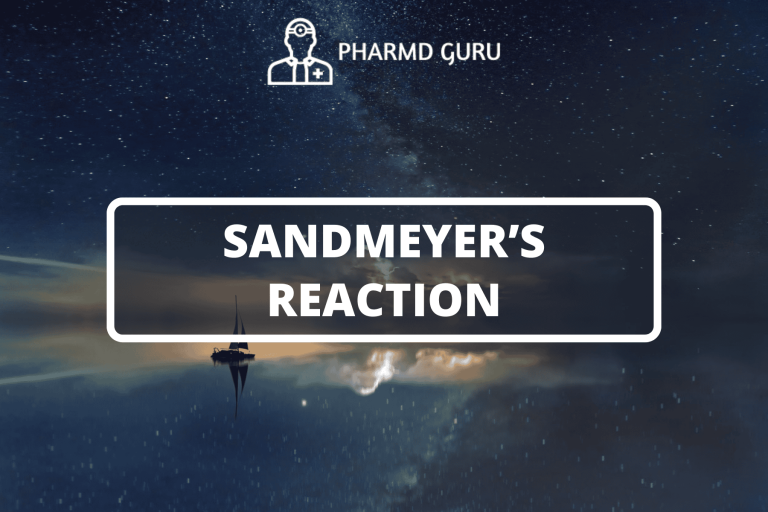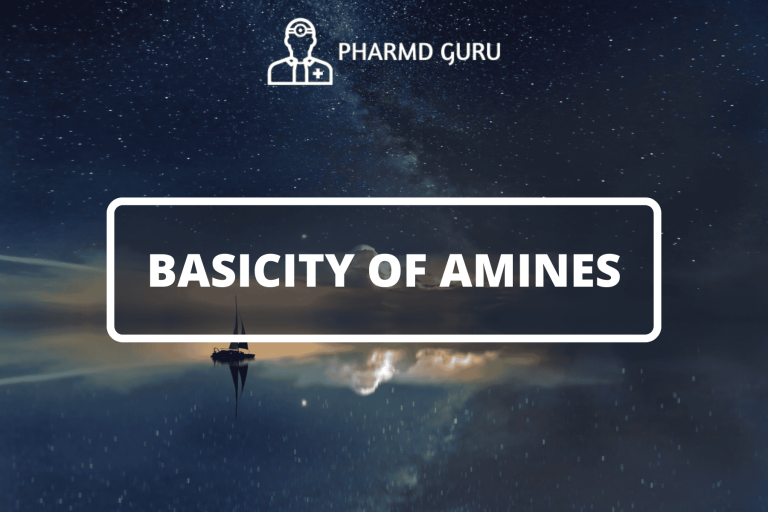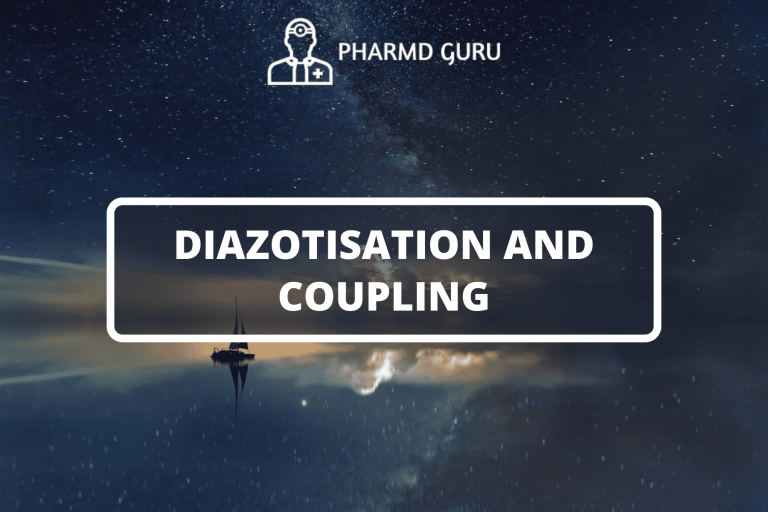
29. WITTIG REACTION
Wittig Reaction The Wittig Reaction is a very important method in organic chemistry for creating alkenes. It was discovered by Georg Wittig in 1954. In this reaction, a special compound…

Wittig Reaction The Wittig Reaction is a very important method in organic chemistry for creating alkenes. It was discovered by Georg Wittig in 1954. In this reaction, a special compound…

Introduction Michael Addition (also called the Michael Reaction) is an important organic reaction used to form carbon–carbon bonds. It is a nucleophilic addition where a carbon nucleophile adds to an…

Hofmann Rearrangement Hofmann Rearrangement (also called Hofmann Degradation or Hofmann Bromamide Reaction) is a chemical reaction where a primary amide is converted into a primary amine using bromine and a…

32. Sandmeyer’s Reaction The Sandmeyer’s Reaction is a very important method in organic chemistry used to convert an aromatic amine into an aryl halide. It is especially useful when direct…

Basicity of Amines Amines behave as bases because the nitrogen atom contains a lone pair of electrons. This lone pair can accept a proton (H⁺), making amines reasonably strong organic…

DIAZO COMPOUNDS Diazo compounds contain the N=N group. Their general structure is R-N=N-R’. Usually both R and R’ are aromatic groups, which help stabilize the azo group by delocalization. These…

Acidity of Phenols Phenols are weakly acidic organic compounds. They can donate a proton (H⁺) from their –OH group, forming a phenoxide ion. Their acidity is stronger than alcohols but…